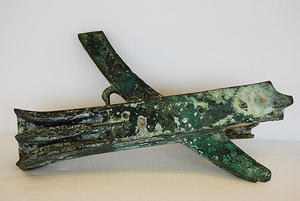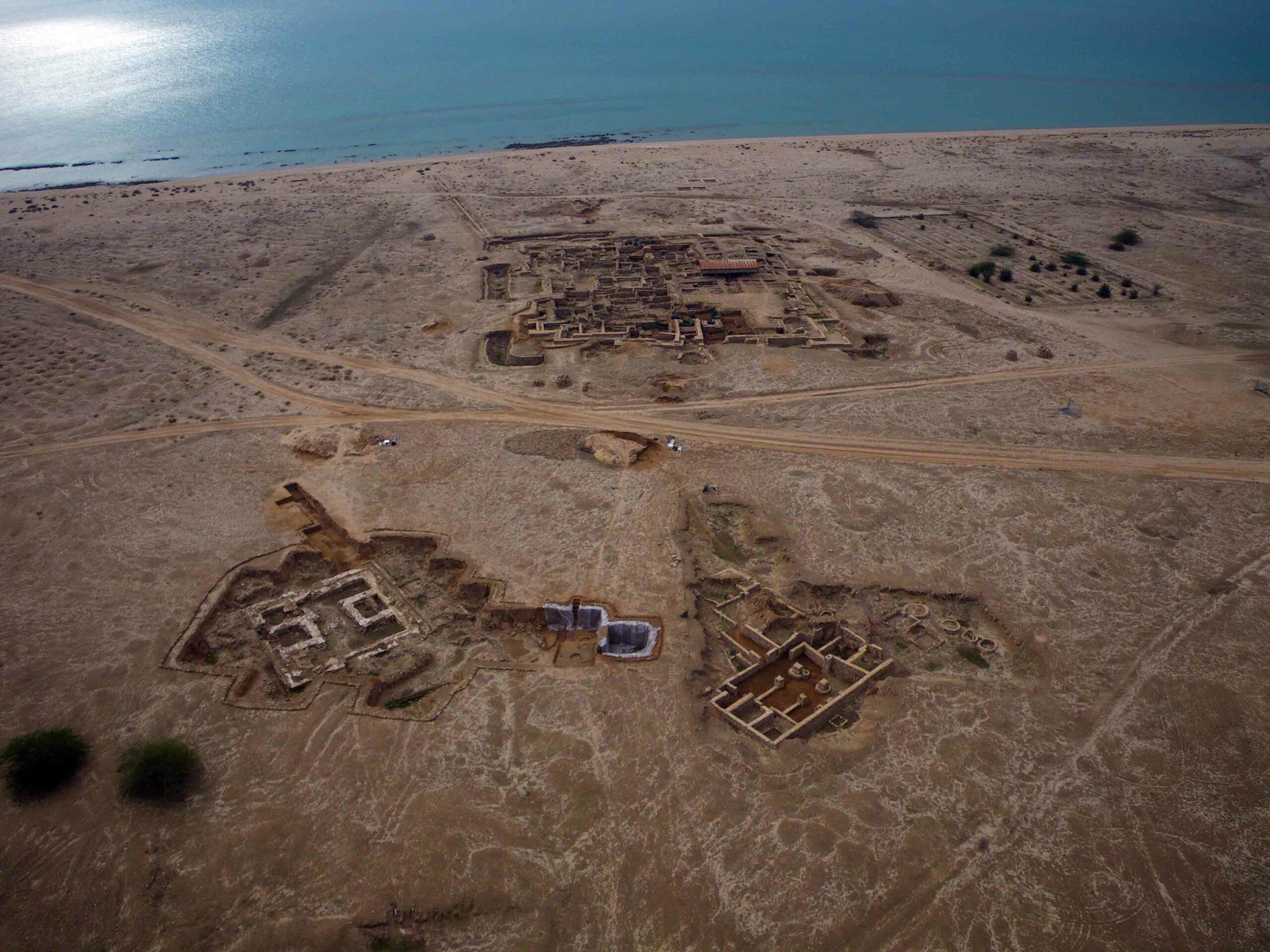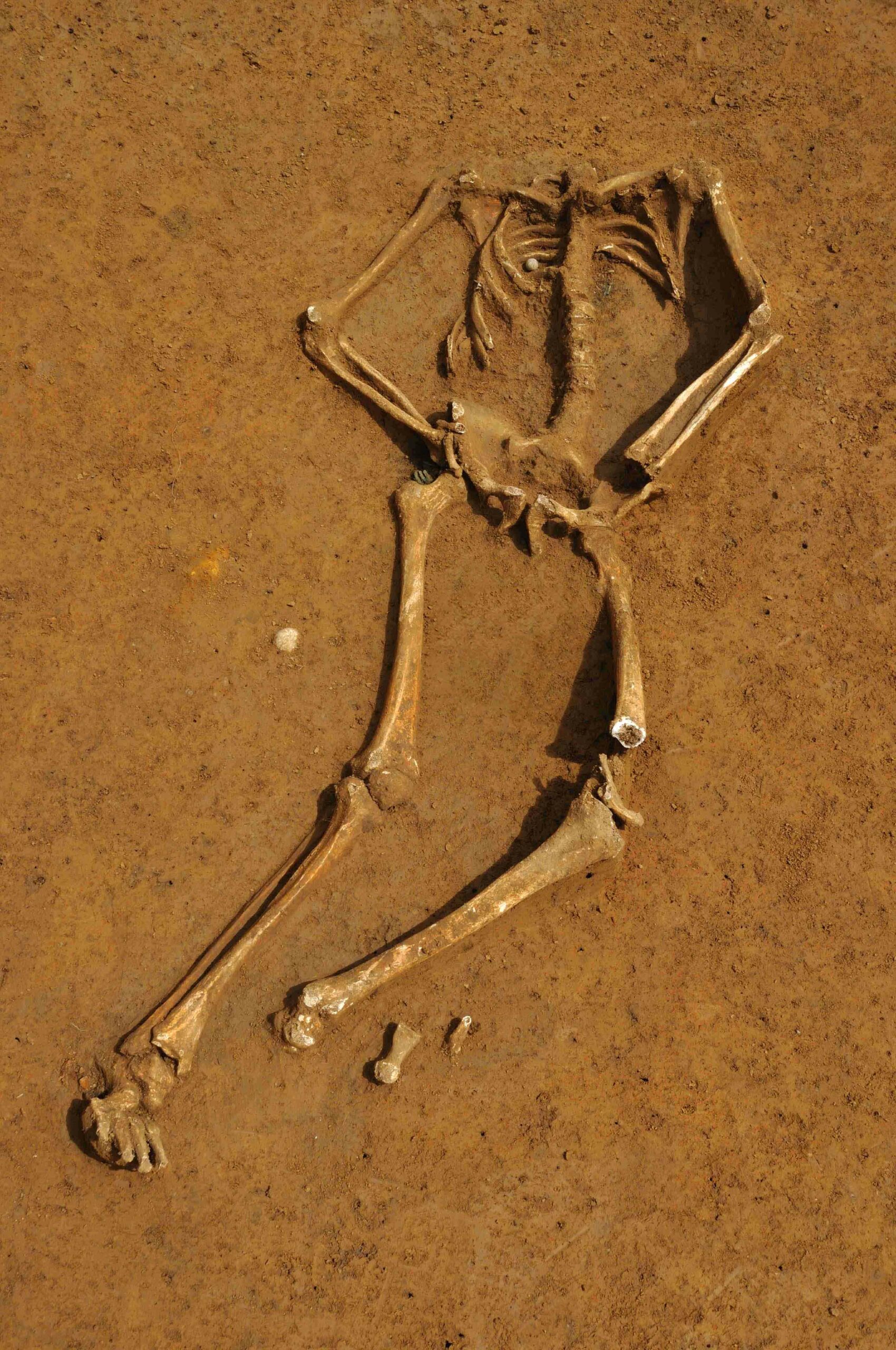
SOUTHAMPTON, ENGLAND—The Belgammel Ram, discovered by British divers off the coast of Libya in 1964, was analyzed by scientists led by Nic Flemming of England’s National Oceanography Centre. The 2,000-year-old bronze battering ram was once attached to the bow of a Greek or Roman warship, and would have been used to ram the sides of enemy ships. X-rays of its internal structure were made and reassembled into a 3-D image. Chemical analysis has shown that the ram was cast as one piece, and that the lead probably came from Greece. “We will never know why the Belgammel Ram was on the seabed near Tobruk. There may have been a battle in the area, a skirmish with pirates. …The fragments of wood inside the ram show signs of fire, and we now know that parts of the bronze had been heated to a high temperature since it was cast which caused the crystal structure to change. The ship may have caught fire and the ram fell into the sea as the flames licked towards it. Some things will always remain a mystery. But we are pleased that we have gleaned so many details from this study that will help future work,” said Flemming.










